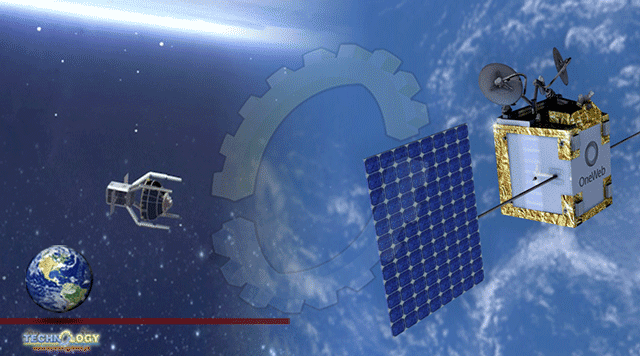Astroscale UK Announced That It Was Awarded £2.5 Million ($3.53 Million) To Develop An Innovative Technology For Space Debris Removal.

As exciting as it is to hear about new satellites that are being launched into low Earth orbit, the question that should naturally follow is: who’s going to clean up all that junk? Yes, space junk is a real issue and there’s a new technology that’s going to deal with it.
Astroscale UK Announced That It Was Awarded £2.5 Million ($3.53 Million) To Develop An Innovative Technology For Space Debris Removal, as part of its ELSA-M program. Together with other space tech companies, including OneWeb, SatixFy and Celestia UK, Astroscale is part of the wider European Space Agency’s Sunrise Program. The program is dedicated to a new, beam-hopping satellite, that will be launched next year. And the ELSA-M servicer is designed to be compatible with the future “Joey-Sat”.
What’s great about the ELSA-M servicer is that it will be able to remove multiple retired satellites, in one mission, which will be more cost-effective and, hopefully, will encourage satellite providers to clean up space junk faster. And, thanks to the new investment, the British company will take this development even further, with a cutting-edge autonomous technology that includes on-board algorithms, sensors and software.
Another part of the program has to do with developing a next-generation docking plate (DP). By fitting satellites with DPs, before they are launched, servicers like ELSA-M can grab onto them, which allows them to not only remove the satellites when it’s necessary, but to also provide in-orbit servicing. As the leading industrial partner in the Sunrise program, OneWeb has committed to fitting its satellites, including the future Joey-Sat, with these compatible docking plates.
This new satellite with a funny name will be the first one that’s able to switch from covering one part of the world to another (beam-hopping), as a real-time response to commercial changes, or in emergency situations like a natural disaster. The ELSA-d demonstration mission is currently preparing for upcoming tests this summer, with the final ELSA-M servicer expected to become fully operational by 2024.
This news was originally published at Auto Evolution.